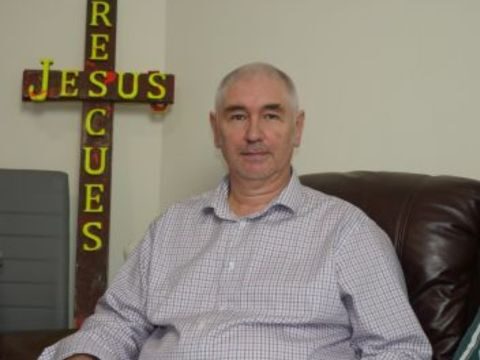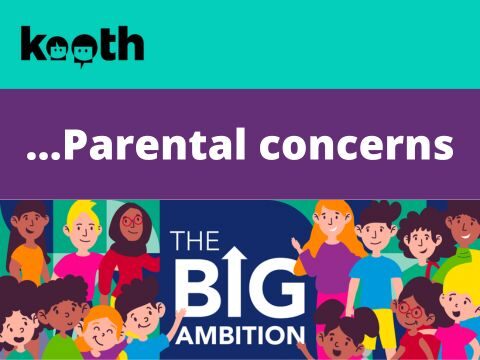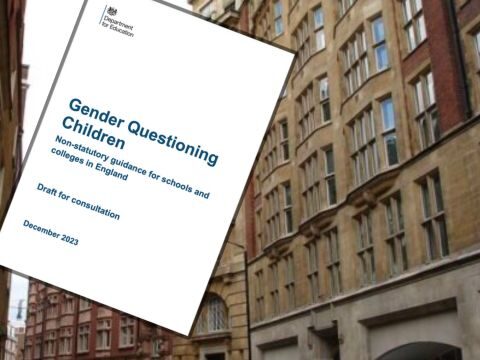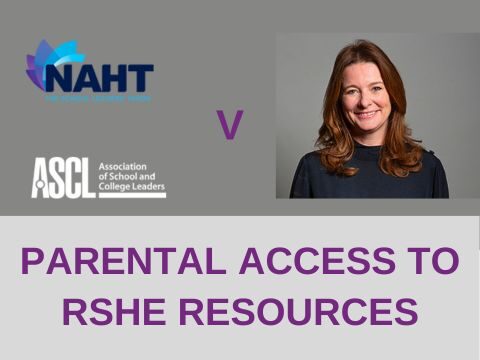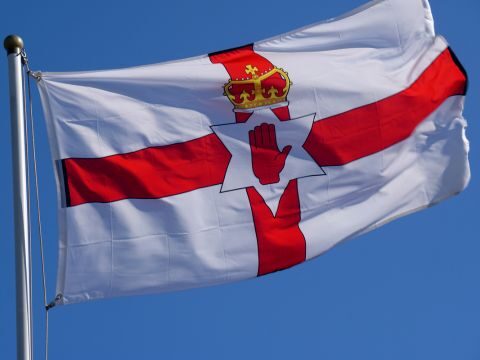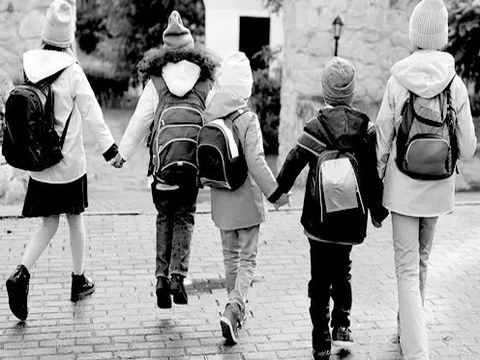



When then Education Secretary Gavin Williamson stood up in Parliament on March 18 2020 to utter these words, a chill went through the nation, especially parents. It was another two days before Boris Johnson announced that all pubs, restaurants, gyms and other social venues across the country were to close, putting children’s education firmly behind adults’ entertainment. That chill turns to an icy blast when it becomes clear that this seismic decision, one which will impact many children into their adult lives, was made in full knowledge that closures were likely to be lengthy – months, not weeks – and that there was little consideration as to what that would mean for children, nor any plan to support them.
Former Chancellor Rishi Sunak, in his tell-all interview of lockdown decision-making, made clear that no one was prepared to consider the impact of school closures. ‘Forget about the economy,’ Sunak recalls himself saying, ‘surely we can all agree that kids not being in school is a major nightmare . . . There was a big silence afterwards. It was the first time someone had said it. I was so furious.’
To see such wilful blindness – some might say recklessness – at the heart of government in regard to the welfare, education and safeguarding of some 12million children in black and white is sobering. In light of that acknowledgment, we decided to do a deep dive into the minutes of Sage (Scientific Advisory Group for Emergencies) to see what more the records could tell us about warnings that were ignored.
Our findings raise serious questions about the integrity of the assumptions made around school closures, the lack of any serious recognition of the impact on children in documented decision-making, and most consequential of all, about why the government and Department for Education (DfE) were not prepared for the scale of the shutdown when Sage had repeatedly made clear that, according to their estimates, school closures would need to be lengthy to have any impact.
School closures never anticipated to be effective in the long term
The core planning assumption at the outset (mid-February 2020) was for schools to stay open, in line with the assumptions of the previous influenza pandemic plans and the recognition that ‘any impact from school closures on the total number of cases is likely to be highly limited’.
Some (most notably the Institute for Government in their report on the government’s handling of education during the pandemic) have suggested that the policy switch to full school closures happened rapidly over the weekend of March 16/17 and took the DfE by surprise. However, if one tracks through the Sage minutes, a clear pattern is evident whereby the question of closures appears to escalate from a ‘probably not’ or perhaps an ‘if’, to a ‘when?’ and ‘for how long?’
A few factors make this progression especially perplexing. First, the impact of school closures on transmission was always highly uncertain. Even in the minutes of March 17, just before closures, the minutes read ‘Our best assessment is that they would reduce the reproduction number by between 10 per cent and 20 per cent’ and even that remains heavily caveated: ‘The impact of school closures, as a stand-alone policy, on Covid-19 would be expected to be smaller than for influenza.’
Early suggestions for mass school closures had been predicated on the basis that they should be considered only if children were responsible for high levels of transmission. But the day before Williamson’s statement, SPI-M-O (Scientific Pandemic Influenza Group on Modelling, Operational sub-group) predicted that ‘infected children could be an average of 25 per cent to 75 per cent as likely to transmit SARS-CoV-2 per contact than adults’. Why, then, were the models not re-run with these lower transmission rates?
Finally, all the models showed that when schools reopened, cases would increase again, and the effectiveness of the measure would therefore be limited. At best it was known from the start that school closures could only be a short term, very incomplete tool – ostensibly to help ‘save the NHS’ – yet this tool was still employed again a year later, in January 2021, and almost a third time when the NHS found itself in trouble again.
Children discriminated against vs other groups
In early February 2020, the view of SPI-M-O was that potential interventions had the ability to delay the pandemic for only one month, listing four interventions predicted to have the most impact. School closures were included in that list, despite a clear acknowledgement that the incubation period and lack of prior immunity among adults would mean that this would not be expected to be as effective a tool as in a flu pandemic.
By early March 2020, Sage recommended social distancing for over-70s as a key intervention estimated to reduce deaths by 20-30 per cent, and combined with isolation of symptomatic individuals and their households, by 50 per cent. Closing schools in this model had no impact on deaths. In light of this, why were school closures always on the table, and especially given the uncertain benefits, never rigorously questioned in regard to the long-term impact on children?
Lack of recognition of the impact on children
The Sage minutes recognise throughout that closing schools would have ‘impact’. Occasionally it is acknowledged that these impacts are on children, such as in the magnificently underplayed phrase ‘foregone education’ or in the guise of ‘educational costs’, but far more often the impacts on the rest of the population are the priority, for instance in terms of the following:
- Parent absenteeism
- Concern for grandparents forced to care for children off school
- Impact on the economy and especially the health care system
- Providing education on pandemic control such as handwashing to share with families
In truth, and as Sunak implied, Sage rarely looked at the implications for children. Only one paper with the Sage minutes for the six weeks preceding the decision to close schools raises the spectre of the awful treatment that we now know was suffered by the most vulnerable of young people. And it could not have been more underplayed: ‘Almost all strategies will result in reduced, or changed, adult oversight of children. This presents a risk of unintended consequences.’ So the deaths of Star Hobson and Arthur Labinjo-Hughes, and those of the other 220 children whose deaths during lockdown were thought to involve abuse or neglect, were ‘unintended consequences’ that no one in authority bothered to consider.
Lack of preparation and honesty on duration of closures
Sage say clearly in their minutes that ‘allowing exams to take place in otherwise closed schools would only have a marginal impact’, a conclusion drawn by most other countries as well. So why were Gavin Williamson and the Department for Education unprepared for this eventuality, when school closures had been on the table for at least six weeks before the decision was announced? Most shameful of all, though, is that the ‘closed until further notice’ announced by Gavin Williamson on 18 March was envisaged the day before by the scientists as variously ‘a long period’, ‘until September’, or – at best – ‘school closures would need to last several months to maintain the effect seen’.
So given that Sage were clearly signalling from early February that if schools closed it would need to be for a significant period, why was there no communication of this when schools closed? Why was there no plan for exams? Why had there been no attempt in the weeks prior to the closures to prepare pupils, parents and teachers for distance learning? Most of all, why weren’t the known safeguarding concerns acted upon?
Were school closures inevitable?
It is hard to recall now the increasing levels of uncertainty and fear in media and government communications in March 2020. By mid-March, with 20 per cent of teachers isolating and school attendance at 70 to 80 per cent, school closures may have become the only option. However, imagine if, as well as a plan to close schools, the DfE had a plan to reopen them, or – as envisaged in previous pandemic plans – to keep some form of in-person teaching going using a retired/reserve workforce. Imagine if the government had not chosen in its communications a route that decreed ‘the perceived level of personal threat needs to be increased among those who are complacent, using hard-hitting emotional messaging’ – a narrative which not only impacted the mental health of children, but also made it almost impossible to have a balanced view on the need for schools to reopen, leading to the chaos of isolations as well as the school closures of January 2021.
The decision-making around school closures, almost complete failure to grasp the severe and in some cases fatal implications for school closures on children, and the apparent lack of any coherent plan for reopening or education whilst schools were closed must be central to any examination by the UK Covid-19 Inquiry. If children and young people are once again excluded from the process, it will be a stark admission that our society places a lower value on children than on adults.
This article first appeared on the TCW Defending Freedom website and is used with permission.

